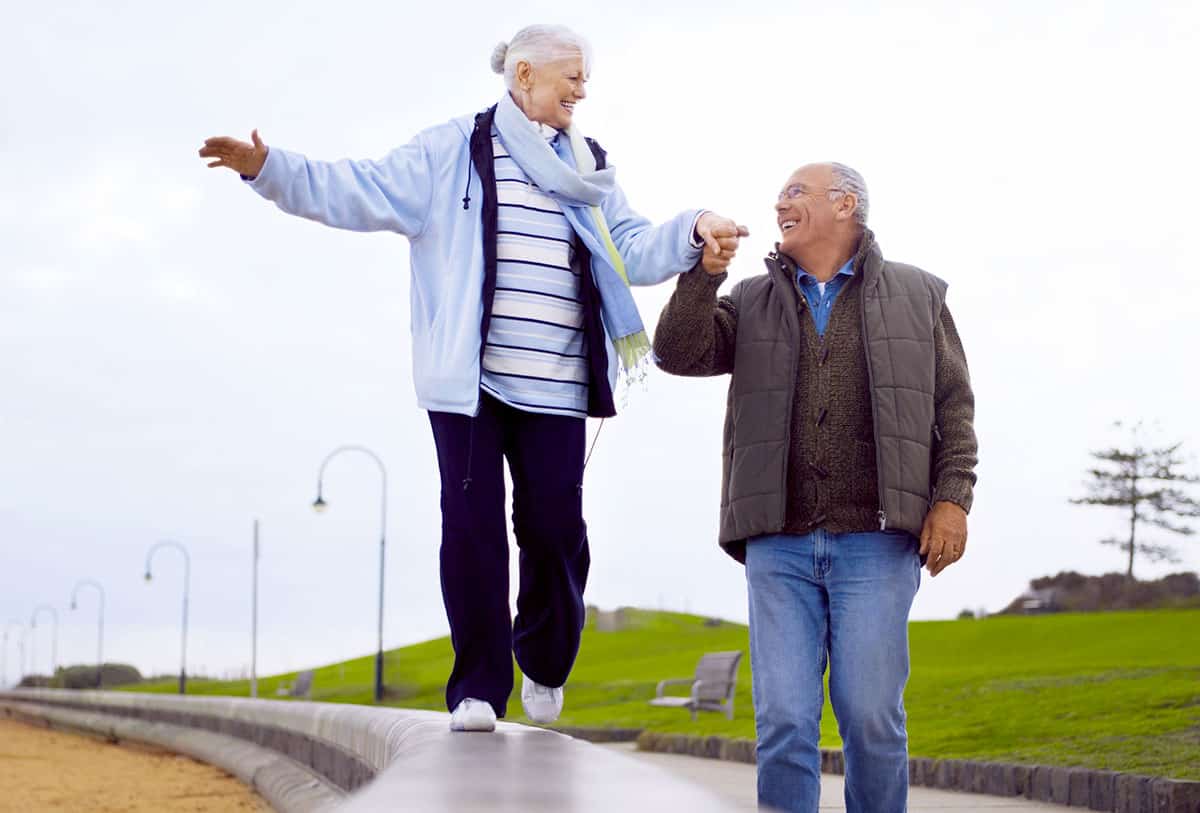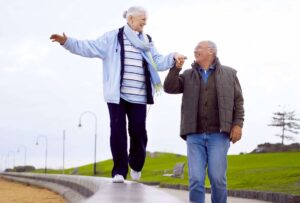Every September during National Falls Prevention Week (Sept. 21-25, 2020), physical therapists join other medical professions across the country in reminding Americans that falls are not just common among older Americans. They’re often debilitating, costly and even deadly.
They’re also largely preventable, says San Diego-Carlsbad physical therapist Brett Bloom.
“Falls present a real public health problem among older adults, but so often they’re caused by things that are easy to identify and fix,” said Bloom, owner of Longevity Physical Therapy in San Diego and Carlsbad.
“Balance and strength issues, flexibility limitations, trip hazards in the home, poor vision, and even certain prescription medications can increase someone’s chance of falling,” Bloom added. “These are all things that can and should be addressed as people enter their golden years, before they experience a fall.”
The Centers for Disease Control and Prevention estimate that one in four Americans 65 and older experience a fall each year. Less than half actually report the incident to a doctor or loved one.
Of those falls, about one in every five result in a serious injury (i.e., a broken bone or head injury), leading to more than 3 million emergency room visits and 800,000 hospitalizations each year. In 2015, these treatments and hospitalizations cost a total of about $50 billion, three-fourths of which was paid for through Medicare and Medicaid.
“We like to shine a spotlight on this critical issue because it’s one that we can improve with a more preventative mindset,” Bloom said. “One of the ways we can do this is by setting the record straight about some common myths older people have about falling.”
According to Bloom, the following beliefs are either incorrect, misleading, or both:
Falling is just a part of getting older
Wrong. Falling does not have to be a part of aging. As already discussed, the most common causes of falls are easy to identify and fix before a fall happens.
I won’t fall if I just stay home and limit my activities
First off, more than half of all falls take place in the home. It’s true, and it’s likely because our guards are most often down when we’re home. Home is also where we spend most of our time, including moments when we’re not always at our most alert (i.e., mornings, middle of the night, etc.).
As for reducing activity, this can actually increase your chances of falling. When you become more sedentary is when you begin to lose muscle mass, flexibility, and range of motion, which can drastically affect your balance.
Declining strength and flexibility are inevitable
Yes, it’s true the body tends to become weaker and less flexible as we age, but most older adults can recoup and maintain a lot of this through regular exercise and activity. It’s never too late to improve your strength, flexibility and balance.
Using walking aids make me less independent
Some older adults can benefit from the use of a cane or walker, and there’s no shame in this. When used properly, these devices can improve your mobility and make it possible for you to live a more active life.
There’s no point in talking about falls unless they happen
If you’re concerned about falling either in the short term or the long, don’t keep it to yourself. By garnering support from loved ones and teaming up with a physical therapist, your fall risk can be properly evaluated and improved.
Following an initial evaluation, a physical therapist can create you a personalized fall prevention program that may include exercise, a home safety assessment, and perhaps the use of a walking aid. To learn more, contact the team at Longevity Physical Therapy today.


